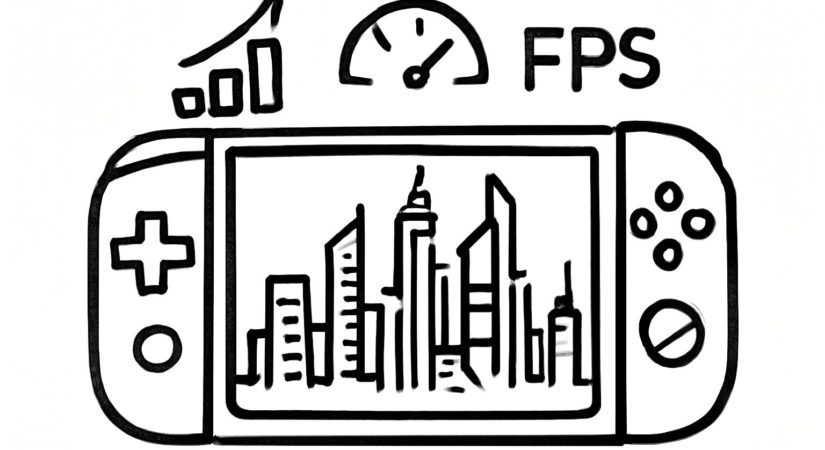Digital Foundry has released its technical analysis of Cyberpunk 2077: Ultimate Edition on the Switch 2, evaluating both the main story and the Phantom Liberty expansion on Nintendo’s latest console.
Notably, the inclusion of Phantom Liberty is impressive, as CD Projekt Red initially skipped PS4 and Xbox One versions, favoring current-generation hardware. The Switch 2’s ability to run this expansion is a significant feat, although it also presents the greatest hardware challenges.
The game offers four visual modes: 30fps quality and 40fps performance, each available in docked and handheld configurations. Resolution ranges are as follows:
- Handheld Performance: 640×360 to 1280×720
- Handheld Quality: 800×450 to 1440×810
- Docked Performance: 960×540 to 1920×1080
- Docked Quality: 1280×720 to 1920×1080
DLSS is utilized to enhance image quality, though fast-paced scenes can introduce blurriness and temporal noise. Visual quality differences between docked and handheld modes are minimal aside from resolution.
Compared to other consoles, the Switch 2 matches the PS5 in texture quality, surpassing the Xbox Series X and PS4. Many textures remain consistent across platforms, but where variations exist, the Switch 2 performs admirably. DLSS contributes to improved clarity over older hardware like the PS4.
However, pedestrian and vehicle density on the Switch 2 aligns more closely with the PS4, resulting in quieter streets within Night City. This reduction aims to maintain stable frame rates. Shadow quality indoors is superior to PS4, but outdoor shadows from sunlight are slightly weaker.
In quality mode, the Switch 2 maintains a steady 30fps during the main story. Frame rates in the Phantom Liberty expansion dip to 20-25fps in more complex areas. Performance mode targets 40fps, delivering smoother indoor gameplay, but outdoor and combat-heavy scenes often drop to around 30fps or lower.
Handheld gameplay reportedly features frame rates similar to docked mode, although testing limitations exist. Variable Refresh Rate (VRR) support enhances smoothness in portable play, but frame rate drops below 30fps are more noticeable when handheld.
